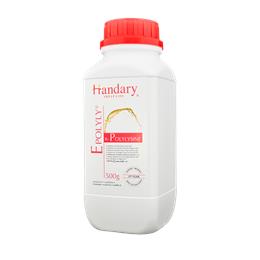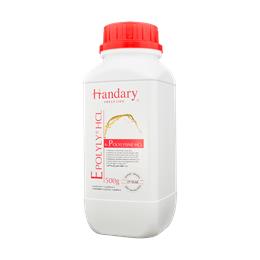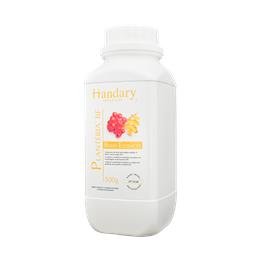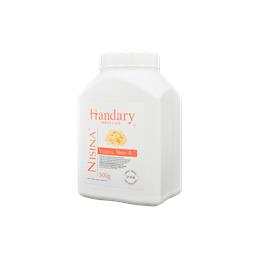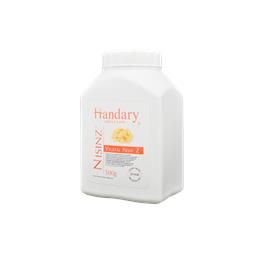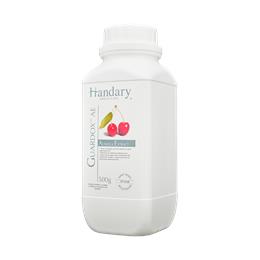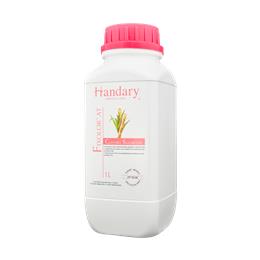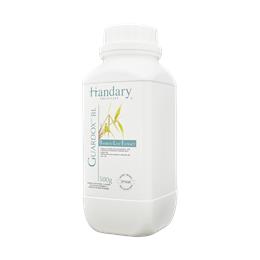Description
A soft drink is a non-alcoholic beverage that is typically carbonated and sweetened. Soft drinks come in a variety of flavors and types. Soft drinks are often served cold and are a popular choice for quenching thirst, especially on hot days or during physical activity. While soft drinks are generally safe for most people to consume in moderation, they are high in sugar and calories, which can contribute to weight gain and other health issues when consumed in excess.
Yeasts & Molds
Yeasts and molds can grow in soft drinks if the conditions are right. Soft drinks contain sugars, acids, and other nutrients that can support the growth of microorganisms, including yeasts and molds. In addition, if the pH of the soft drink is not low enough (below 4.5), it can provide a suitable environment for the growth of these microorganisms.
Yeasts and molds can cause spoilage in soft drinks, leading to off-flavors, aromas, and even the formation of visible growths. This can be a problem for manufacturers, as it can lead to product recalls and damage to the brand's reputation.
Overall, while yeasts and molds can grow in soft drinks, manufacturers take steps to prevent spoilage and ensure the safety and quality of their products. By using preservatives, maintaining good sanitation practices, and using appropriate processing techniques, manufacturers can produce soft drinks that are safe, stable, and appealing to consumers.
Gram-Positive Bacteria
Gram positive bacteria are a diverse group of microorganisms that can potentially contaminate soft drinks. These bacteria are characterized by their thick peptidoglycan cell wall, which stains purple in the Gram staining technique. While many Gram positive bacteria are harmless or even beneficial, some can cause spoilage or even pose a risk to human health.
One example of a Gram positive bacteria that can contaminate soft drinks is Bacillus. Bacillus can produce enzymes that can break down sugars and other nutrients in soft drinks, leading to spoilage and off-flavors.
Another example of a Gram positive bacteria that can contaminate soft drinks is Lactobacillus. Lactobacillus can contaminate soft drinks during production or packaging, and can cause spoilage and off-flavors if the pH of the soft drink is not low enough to inhibit their growth.
Overall, while Gram positive bacteria can potentially contaminate soft drinks, manufacturers take steps to prevent spoilage and ensure the safety and quality of their products. By maintaining good sanitation practices, using appropriate preservatives, and implementing effective processing techniques, manufacturers can produce soft drinks that are safe, stable, and appealing to consumers.
Oxidation (Color Loss)
Oxidation can lead to color loss in soft drinks, which can affect their appearance and quality. Soft drinks contain ingredients such as colorants, flavors, and vitamins that can be sensitive to oxidation. Oxidation can occur when the soft drink is exposed to air, heat, light, or metal ions, leading to the breakdown of these sensitive compounds and the loss of color.
One of the main causes of oxidation in soft drinks is exposure to oxygen. Oxygen can react with compounds in the soft drink, leading to the formation of free radicals and other reactive species that can cause color loss and other quality issues.
Exposure to heat and light can also promote oxidation, accelerating the breakdown of sensitive compounds and leading to color loss.
Overall, oxidation can lead to color loss in soft drinks, affecting their appearance and quality. Soft drink manufacturers will use antioxidants and other techniques to prevent oxidation and protect the sensitive compounds in the soft drink from breakdown, ensuring that the soft drink maintains its desired appearance and quality throughout its shelf life.
 English
English 简体中文
简体中文 Français
Français Español
Español
